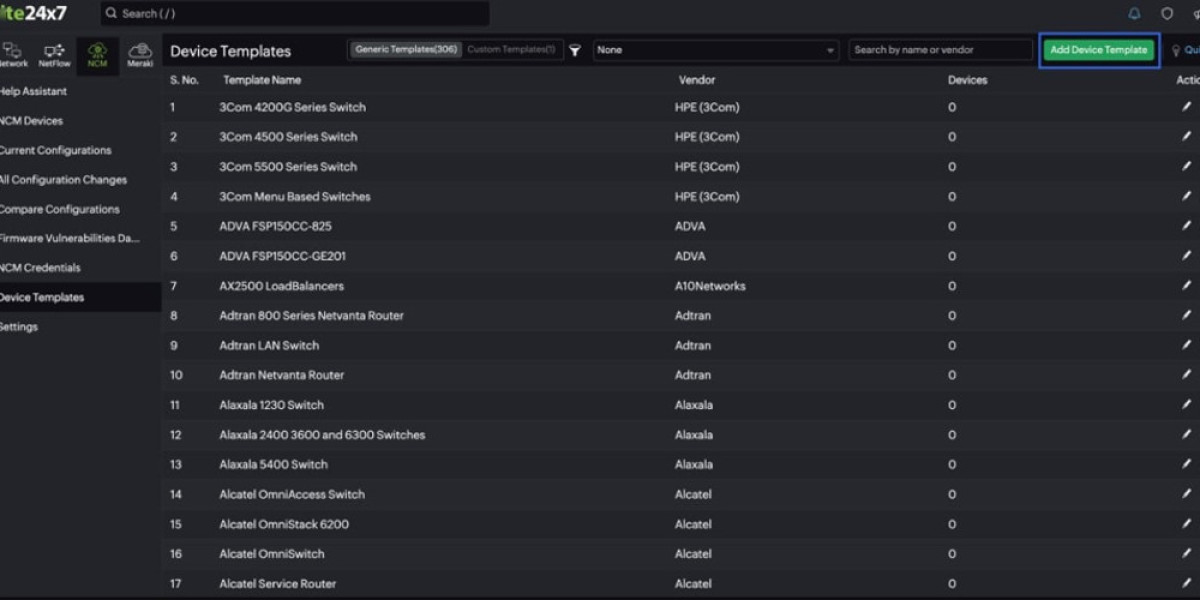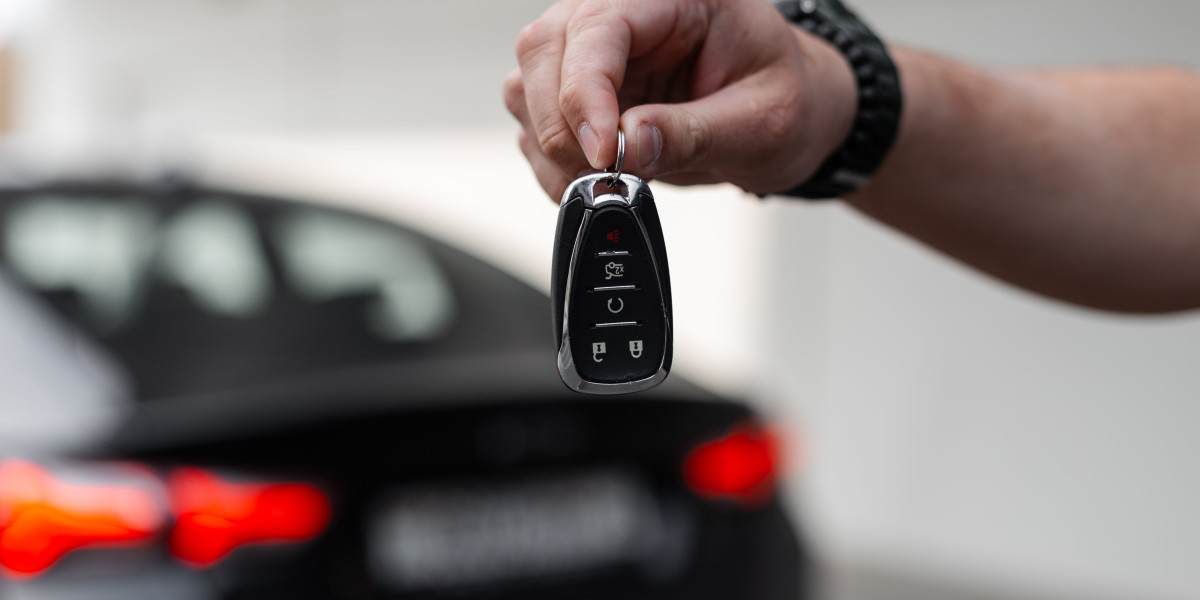An inflatable tent air conditioner is a portable cooling system designed specifically for tents, especially larger inflatable or dome-style tents. Unlike bulky traditional units, these are compact, lightweight, and easy to install—often with flexible ducts or built-in attachments that keep your living space breezy and pleasant, even under the scorching sun.
✅ How Does It Work?
Most inflatable tent air conditioners use one of two cooling technologies:
Portable Compressor Units: Similar to a mini split system but more portable. They pull hot air out, cool it via a refrigerant cycle, and blow the chilled air back in.
Evaporative Coolers: Also known as swamp coolers, these add moisture to the air while lowering the temperature—best suited for dry climates.
Many models are designed with quick-connect ducts that slot into your tent’s vent port or zippered opening, maintaining an airtight seal to keep bugs and warm air out.
? Key Benefits of Using an Inflatable Tent Air Conditioner
Here’s why seasoned campers and glamping enthusiasts swear by them:
✔️ Enhanced Comfort: Sleep better with consistent cool air flow, even on muggy nights.
✔️ Easy Setup: Many units inflate and connect within minutes. No complex wiring or permanent installation needed.
✔️ Portable & Lightweight: Designed to pack down easily with your other camping gear.
✔️ Energy Efficiency: Low power draw compared to regular AC units, which makes them compatible with portable power stations or generators.
✔️ Better Air Quality: Some models include air filters or dehumidifiers to tackle condensation and stale air.
? Top Features to Look For
Before you buy, keep these must-have features in mind:
| Feature | Why It Matters |
|---|---|
| BTU Rating | Tells you the cooling capacity. Match BTU to your tent size. |
| Power Source | Battery, solar, or generator? Check compatibility for your trip. |
| Noise Level (dB) | Choose a unit with quiet operation for peaceful sleep. |
| Portability | Look for compact, foldable designs with handles. |
| Ease of Setup | Quick-connect ducts, adjustable vents, and secure seals. |
| Extra Modes | Some offer fan-only or dehumidifier modes for year-round use. |
? How to Size Your Tent AC Correctly
Choosing the right BTU capacity is crucial. Here’s a general rule of thumb:
Small tent (up to 50 sq. ft.): 5,000–6,000 BTU
Medium tent (50–100 sq. ft.): 7,000–8,000 BTU
Large tent (100–150 sq. ft.): 10,000+ BTU
Remember: Inflatable tents can get warmer than regular canvas tents, so don’t undersize your unit.
⚡ Powering Your Inflatable Tent Air Conditioner
Modern models are designed with energy-conscious campers in mind. Here are some popular powering options:
Portable Power Stations: Great for off-grid sites; check wattage requirements.
Generators: Reliable for longer trips, but mind the noise and emissions.
RV Hookups or Campsite Power: Plug-in convenience if your campsite provides it.
Solar Panels: Some low-BTU evaporative coolers work with solar—ideal for eco-camping!
? Pro Tips for Maximum Cooling Efficiency
Keep your tent cool all day and night with these insider tricks:
Use a Tent Fly or Reflective Tarp: Blocks direct sun exposure, reducing interior heat gain.
Seal Gaps Properly: Always use zippered AC ports or insulated ducts to prevent warm air leaks.
Pre-Cool Your Tent: Run the AC before bedtime to create a chill zone.
Position Smartly: Place the AC intake away from dusty or damp areas.
Combine With Fans: Distribute the cool air evenly for consistent comfort.
? FAQs About Inflatable Tent Air Conditioners
?️ Q1: Can I run an inflatable tent air conditioner all night?
Yes—most models are designed for overnight use. However, always check the run time against your power source capacity to avoid interruptions.
? Q2: How much power does a typical unit consume?
A portable compressor unit may draw between 500–1,200 watts depending on the BTU. Evaporative models use less—around 100–300 watts. Always factor in your power supply limits.
?️ Q3: Will it work in humid climates?
Compressor units handle humidity well by extracting moisture. Evaporative coolers, on the other hand, are better suited for dry heat and may not be effective in muggy conditions.
? Q4: Are they heavy to transport?
Not at all! Many inflatable tent ACs weigh under 25 pounds, with carry handles and foldable ducts that pack neatly with your camping gear.
? Q5: Is installation complicated?
Most are plug-and-play—just connect the exhaust duct to your tent’s AC port, plug in the power, and you’re ready to chill. Always read the manufacturer’s instructions for safe setup.
?️ Quick Comparison Table: Portable AC vs. Evaporative Cooler
| Type | Pros | Cons |
|---|---|---|
| Portable Compressor | Strong cooling, works in any climate | Higher power draw, slightly heavier |
| Evaporative Cooler | Lightweight, lower energy use, eco-friendly | Less effective in humid conditions |
? Expert Takeaway
When it comes to next-level outdoor comfort, investing in a reliable inflatable tent air conditioner can make a world of difference. Whether you’re car camping, glamping, or pitching a luxury inflatable shelter for a festival, the right unit keeps you cool, comfortable, and refreshed—turning your tent into a true home away from home.
















